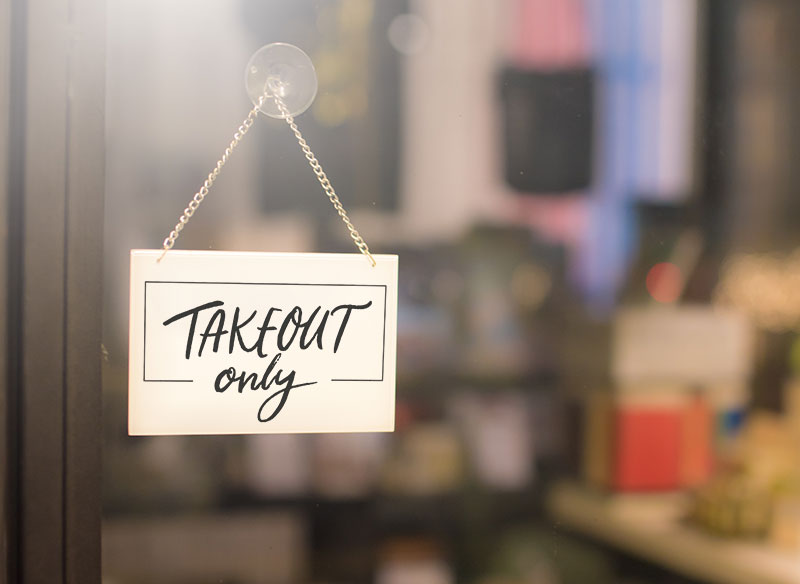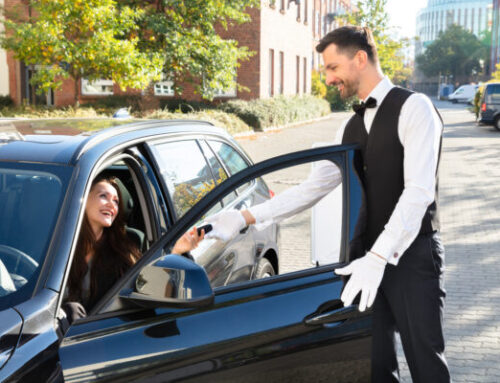With mounting closures, restaurants, hotels and their employees are greatly impacted by the pandemic. It’s in moments like this we remember we’re not just colleagues, clients, and business owners, but friends, neighbors and communities. And we’ll rally and pick ourselves up—it’s how the hospitality industry and American business in general have always bounced back.
Chicago’s Gailey’s Lunch Room was turning tables like crazy on September 19, 1918, but six days later, headlines in newspapers announced “Influenza Hits City”. Much like today, government authorities took action to limit transmission of Spanish Flu by issuing orders to stagger closing times in stores and offices, close schools, suspend courts, and cancel sporting events and meetings. By October, non-essential employees stayed home from work. And they didn’t call it social distancing back then, but the public was advised to not shake hands and stay away from crowds.
And yes, dine-in was not allowed.
So, what did they do? Restaurants posted signs outlining their sterilization processes. Glass covers over displayed food became routine. Customers picked up food to eat at home, so takeout. It worked, because in 1920, Gailey’s Lunch Room went back to turning tables like crazy.
Flashforward to March 27, 2020. We have more options than our historical counterparts:
Social media: Restaurants can leverage internal social networks to spread the word they’re open, shifting to a takeout or delivery only model, and use fully mobile payment platforms to avoid exposing customers to COVID-19. Patrons can support their favorite restaurants by donating money, tipping big when they order takeout, and using their social media connections to drum up support, so their local favorite lunch and dinner spots can stay in business. Actions like ordering and paying online, moving food from store containers to personal ones immediately and washing hands can help our hospitality industry stay afloat now and come back strong.
WFH: When people were in lockdown in 1918, business came to almost a standstill. They didn’t have our communication tools. Many businesses in 2020 can shift to a Work-From-Home model with relative ease. Email, Internet, virtual meeting tools, global adoption of smartphones and other devices are already in place. We must remember that the all-seeing laptop camera really does see all, so watch your backgrounds and brush your hair. And we have to be more patient with each other and use lots of emojis in written communication to convey we’re not ticked off and angry even though we’re all working under some level of duress.
Partner up: We help other businesses stay in business by supporting them personally and professionally. TEZ is a software developer of mobile platforms. We’re creating free software tools at lightspeed to help restaurants weather COVID-19. We’re inspired to see so many companies making contributions like Harbor Freight Tools donating medical supplies to hospitals and Grubhub waiving fees. It’s with this spirit of togetherness that we will overcome this pandemic.
Source for Gailey’s Lunch Room: https://restaurant-ingthroughhistory.com/






